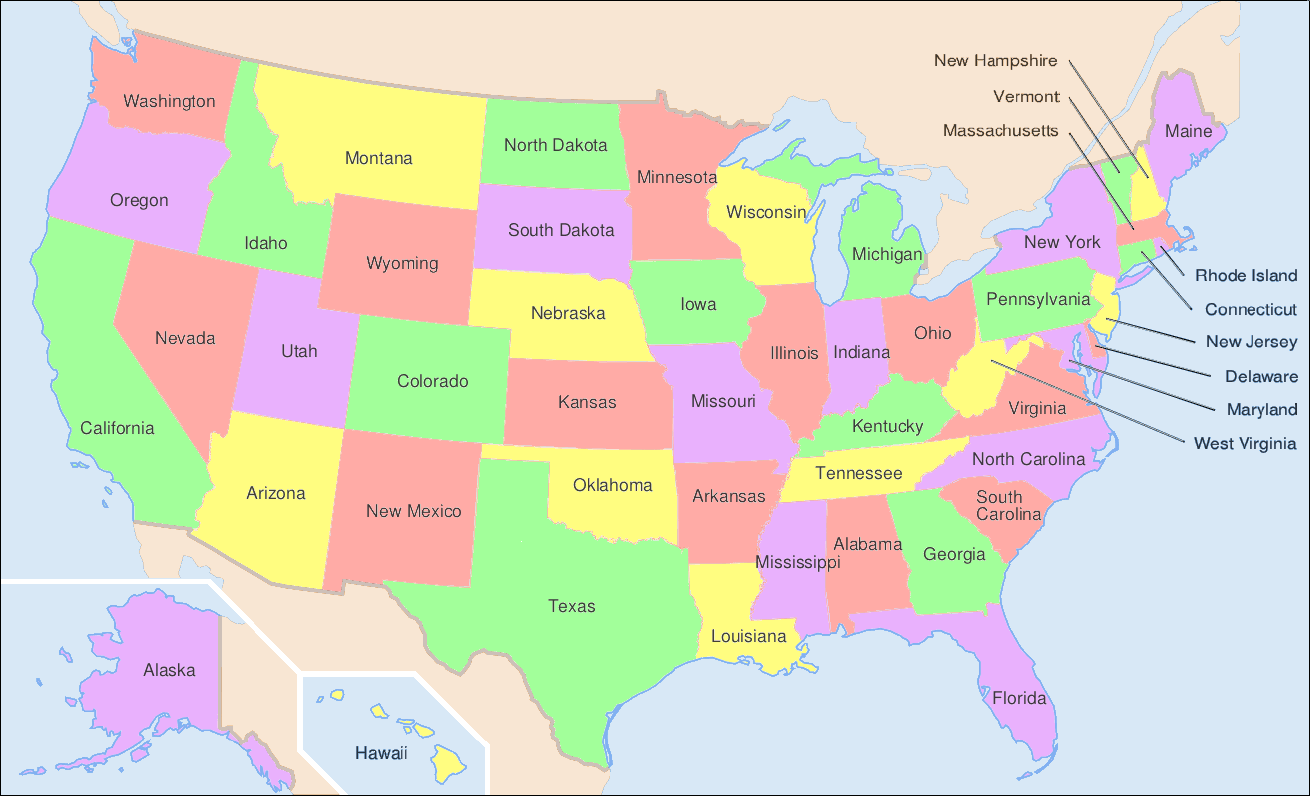March 19, 2010
by Colleen Brondou
Learning to Write in the 21st Century
At California State University, Fresno, more than 140 professors and nearly 7,000 students are taking part in a pilot project that uses a Web-based application to evaluate student writing. Students enter their essays electronically and get immediate scores and comments on factors such as organization, grammar, mechanics and more. According to Cyndee Fontana, writing for The Fresno Bee, although the program points out errors, professors can also make comments and students can submit a corrected essay for better grades.
Kim Morin, a theater arts professor, started using the Criterionsoftware last fall. She “wanted more time to focus on the content of essays,” Fontana writes, and evaluated several other programs before deciding on Criterion. Criterion costs nothing for the university and students pay just $15 each semester to access the system.
Associate Provost Ellen Junn, head of the campus initiative to improve writing skills among students, took notice of Morin’s experiment. She expanded the program this spring. “We already knew that our students are coming in significantly unprepared,” Junn said. According to Fresno State statistics, more than 60 percent of first-time freshmen require remedial English instruction.
Opinion & Analysis: What’s happened to writing skills?
The problem isn’t limited to Fresno State or California. As Gene Bouie, manager for product management at Educational Testing Service (ETS), the nonprofit organization that created Criterion, told Fontana, lack of writing skills is common everywhere in the country. “[A]s students go into college, there hasn’t been a real deliberate focus on writing,” Bouie said.
Some critics charge that the problem with the writing curriculum is that teachers haven’t been teaching writing skills. Professor and New York Times blogger Stanley Fish blogged about student writing in 2006. “Doesn’t it make sense to think that if you are trying to teach them how to use linguistic forms, linguistic forms are what you should be teaching?” he asked.
Others say that technology itself—e-mailing, texting and blogging—has had a detrimental effect on student writing skills. Although the Internet has provided students with more opportunities to write, many students are incapable of writing academic papers.
A study conducted by the Pew Internet and American Life Project in April 2008 found that 60 percent of teens did not consider text messaging and other forms of electronic communication to be real writing. But the same study found that two-thirds of high schools students allowed informal language such as emoticons and Internet abbreviations such as “LOL” to slip into the writing they did for school.
Reactions: Students & educators rate Web-based writing programs
Fresno state psychology professor Jennifer Ivie uses Criterion in her classroom. Her students first turn in their assignments to Criterion, and Ivie grades the first and final drafts. “I’m able to focus more on content,” Ivie told The Fresno Bee.
Students had mixed reviews, however. Some felt that the program was too rigid for use with creative writing or different classes. Others said that it wasn’t good at recognizing abbreviations, foreign words or names. Rosa Lopez, a senior, said that though the program isn’t perfect, it “leads you to be a better writer by giving you the tools to make necessary changes … [and] by getting you in the habit of revising your work.”
At Troutman Middle School in North Carolina, students use WriteToLearn, created by Pearson Education, to improve their writing skills. WriteToLearn allows students to practice their skills in summarization and essay writing. The program’s KAT Engine evaluates the meaning of text and provides feedback.
According to a Pearson press release, Jeff James, Troutman principal, believes that WriteToLearn has been successful in building skills. “At the start of the 2008-2009 school year, we recognized that we weren’t seeing the kind of growth we wanted in student writing scores,” James said. “We began a pilot of WriteToLearn and saw tremendous growth in the test scores of the students who were learning using this innovative tool, versus the students who were being taught writing in the traditional methods we have used in the past.”
















